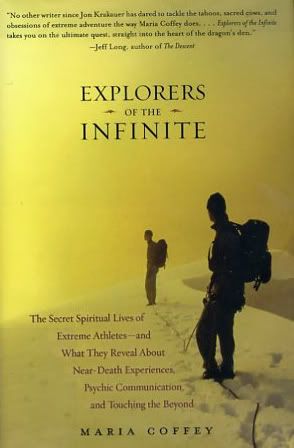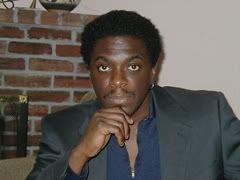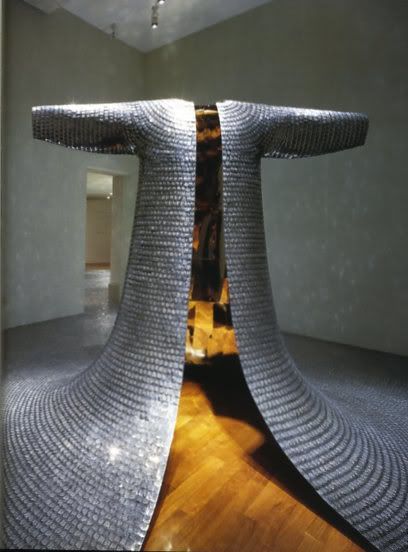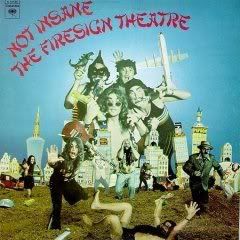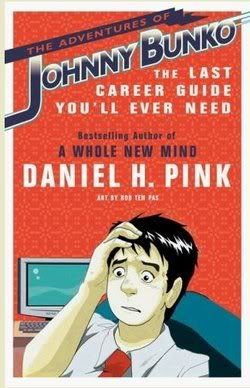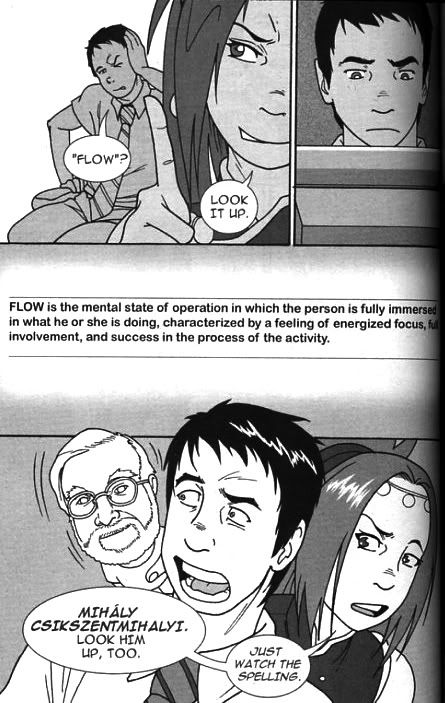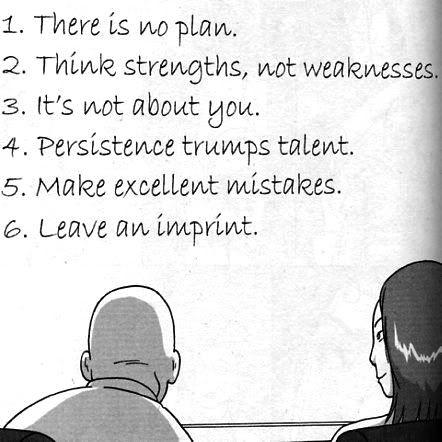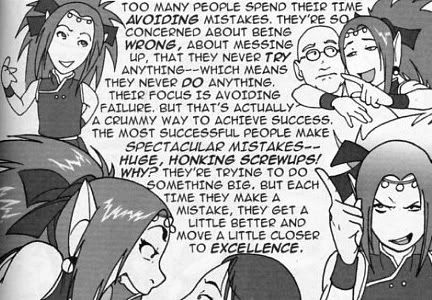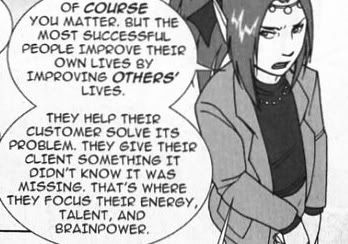Anyone reading this already has a fair amount of experience with interacting with computers. Take MySpace. This corporation has chosen to have its users interact with a spokesperson, Tom, even though, for most people, it’s decidedly a one way interaction.
Back when the blogs were down, I actually visited his site, looked at some of his blogs, to see if he had anything to say about the problem. His blog was on the musty side. His bulletins nearly always promote some new service or product.
Wouldn’t we all be better served by an artificial intelligence MySpace friend who communicated with us on a regular basis about what was actually going on?
Eventually, computers will be talking to us a lot more. If there is a MySpace, when we log on, we will probably be greeted by some avatar for Tom. (Hopefully, we’ll be able to disable him if we like!) Maybe, if they’re smart, we can chose it to be a lady avatar. Really, even with the current technology, it’s amazing how unimaginative MySpace is....
Anyway, what brought some of these thoughts on is the book I’ve been reading (up to p. 110 at the moment), David Levy’s Love + Sex with Robots: The Evolution of Human-Robot Relationships (2007).

This does eventually get as creepy as it sounds. Near the end, I’ve noted illustrations of mechanical devices, like the Stallion XL Sex Machine:

Which, actually, is less creepy than the whole plastic fantastic lover notion for men. (I’m sure there are some for women, too.) Frankly, for me, personally, creepy isn’t the word. Silly. Silly is the word.
But as for the sex machines, businesses are making them, people are buying them, with prices generally ranging between $1,000 and $2,000. And as far as the dolls go, once on some HBO show I saw some very expensive ones that were much closer to lifelike than the more familiar ones that look more like something you’d use as a beach raft. Anyway, while I look forward to what Levy has to say on the subject, clearly, such things will always be pretty damn expensive.
And so, it’s much more likely that people will, in some way, come to love their computers and/or robots than that they will have sex with them physically. Levy explores this in a very persuasive, methodical way, beginning with the psychological theory of attachment, and the way our relationship with the mother extends to other relationships. He talks about the notion of transitional objects, like security blankets or teddy bears, that ease us away from the intensity of that original relationship. And then of course there are pets, and he has a lot of interesting things to say about our relations with them.
I’ll probably back track to some of that in some other blogs, but as for computers and robots, one thing is very clear: even though most all of us understand that the computer is not a human but a machine, very many of us will react to it, in varying degrees, as if it were. For instance, if empathetic responses are programmed in, if the computer provides positive support, and so on, people have much more favorable responses to the computer (or the software), than if everything is conducted in a strictly no-nonsense, unemotional way.
If an avatar is used and given a name and uses empathy--as in the case of “Laura,” a computerized fitness coach, people will be much more inclined to say things like “Laura and I trust one another.”
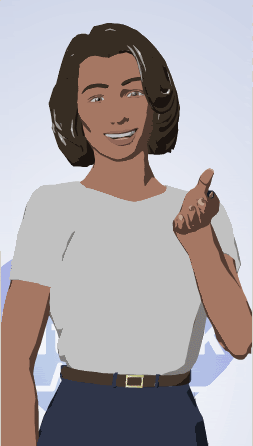
[Laura, created by MIT’S Tom Bickmore a few years ago]
Nearly all pet owners talk to their animals and some people even talk to their cars and such, so it’s no great stretch at all to predict that as AI develops (and it will, exponentially), we will be interacting with robots in ways that increasingly mirror human relationships.

